- Fixed Income Portfolio Manager
Skip to main content
- Funds
- Insights
- Capabilities
- About Us
- My Account
United States, Institutional
Changechevron_rightThank you for your registration
You will shortly receive an email with your unique link to our preference center.
The views expressed are those of the author at the time of writing. Other teams may hold different views and make different investment decisions. The value of your investment may become worth more or less than at the time of original investment. While any third-party data used is considered reliable, its accuracy is not guaranteed. For professional, institutional, or accredited investors only.
The US Federal Reserve (Fed) kept policy rates on hold for a third consecutive time at its December 2023 policy meeting. The Fed’s updated projection materials forecast a slightly faster pace of rate cuts than the consensus expected although still fewer than is currently reflected in market pricing. During Chair Jerome Powell’s post-meeting press conference, he cautioned about the stickiness of services inflation and left some room for the possibility that another increase in policy rates could be warranted. In its updated Summary of Economic Projections (SEP), most Federal Open Market Committee participants projected 75 basis points (bps) of rate cuts in 2024 compared to 115 bps priced into fed funds futures markets just before the meeting. The Fed also lowered its growth and inflation forecasts.
Two key pieces of economic data will end the year much stronger than the Fed anticipated a year ago. The US economy is on track to grow at 2.4% in 2023, based on real GDP, well above the Fed’s initial forecast of 0.5%. And the unemployment rate ended November at 3.7% compared to the Fed’s predicted 4.6%. These results are remarkable given many prognosticators were calling for the US economy to enter recession, especially considering the regional banking sector turmoil in March that may very well have deteriorated into a crisis if not for the swift actions by policymakers (including the Fed’s Bank Term Funding Program) to restore confidence and add liquidity to the financial system. Expansionary fiscal policy and elevated home prices have also served to support consumer spending for now, though I’m skeptical that this strength will persist into 2024 and my leading indicators suggest the unemployment rate will increase from here.
Core PCE inflation, the Fed’s preferred gauge, has moderated to 3.5% as of the end of October, matching the Fed’s end-of-2023 forecast from the December 2022 SEP, but is widely expected to end the year closer to 3%. While the deceleration is welcome, it would be premature for the Fed to declare victory and cut policy rates in short order. I expect core inflation to continue to move below 3% by the middle of 2024, assuming that coincides with the gradual increase in the unemployment rate I anticipate, paving the way for a pivot to easing policy rates. The Fed also came close to nailing its projection for its target fed funds rate. The central tendency — which excludes the three highest and three lowest projections — in the SEP ranged from 5.1% to 5.4% compared to the effective rate of 5.3% at this writing.
I don’t have strong conviction as to whether the Fed or market pricing will prove more accurate in terms of rate cuts for 2024. Certainly, policy will be less restrictive in 2024 and I expect the Fed to feel more emboldened to cut policy rates well in advance of inflation falling to its stated 2% target. While the Fed’s projections are not set in stone and will adjust to evolving economic data and financial conditions, it did an admirable job of managing policy through 2023. With more clarity that inflation pressures were attributed primarily to supply constraints as opposed to excess demand, I think the Fed should have more confidence in its projections heading into the new year, absent an exogenous shock.
Expert

FOMC: Easing into uncertainty
Continue readingChart in Focus: Three reasons to keep the faith in US credit quality
Continue readingWhat’s the Fed got to do with it? The impact of rate cuts on CLO equity
Continue readingThe Fed architecture under scrutiny: What are the investment implications?
Continue readingURL References
Related Insights
Stay up to date with the latest market insights and our point of view.
Thank you for your registration
You will shortly receive an email with your unique link to our preference center
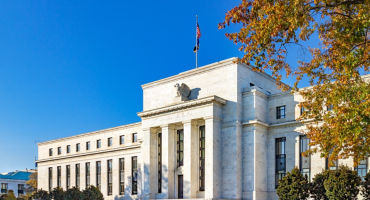
FOMC: Easing into uncertainty
Fixed Income Portfolio Manager Jeremy Forster profiles the Fed's December rate cut, labor market trends, inflation pressures, and the role of anticipated changes to FOMC leaders in 2026.

Chart in Focus: Three reasons to keep the faith in US credit quality
Our fixed income experts highlight the resilience of US institutional credibility.

What’s the Fed got to do with it? The impact of rate cuts on CLO equity
Our CLO experts discuss the implications of Fed rate cuts on CLO equity, emphasizing its potential to maintain income amidst rate sensitivity challenges in other credit assets.
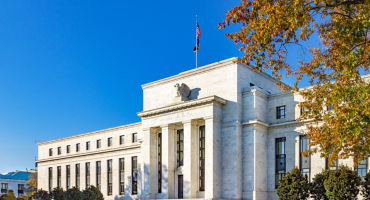
The Fed architecture under scrutiny: What are the investment implications?
Macro Strategist Juhi Dhawan looks at how changes in the Federal Reserve's personnel and decision making could impact policy, the US dollar, and financial markets.

Twilight zone: how to interpret today’s uncertain macro picture
Macro Strategist John Butler and Investment Director Marco Giordano explore how to interpret today’s uncertain macroeconomic picture and its key implications.
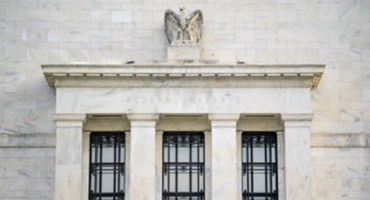
Rethinking the Fed’s dual mandate
Is it time for a fresh perspective on the dual mandate? Fixed Income Portfolio Manager Brij Khurana explores the potential benefits of reorienting monetary policy toward maximizing productivity.
By
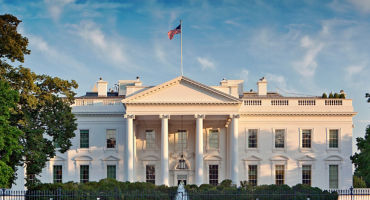
Weighing the economic winners and losers of the One Big Beautiful Bill Act
Macro Strategist Juhi Dhawan unpacks the impact of One Big Beautiful Bill Act, including its potential effect on economic growth, corporate earnings, and the US government deficit and debt.
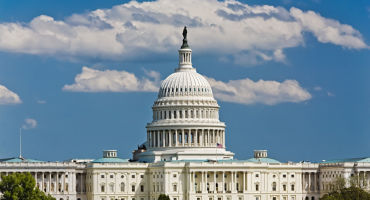
One Big Beautiful Bill: Why it’s “buy now, pay later” for markets
Multi-Asset Strategist Nanette Abuhoff Jacobson weighs the near-term benefits of the recently enacted US tax and spending bill against the longer-term costs, and suggests several investment implications.

Severance: The split between the economy and the markets
While markets have bounced back since Liberation Day, policy changes and macro data bear watching. Heading into the second half of 2025, we're focused on relative opportunities across asset classes created by disconnects and divides between markets and economies.

The power of positive and pragmatic thinking
While markets have a lot to worry about, from government policy to geopolitics, Global Investment and Multi-Asset Strategist Nanette Abuhoff Jacobson looks at the world from another angle: What could go right? She offers five reasons for positive thinking and considers the investment implications.

International equities: Five reasons they may not be a one-hit wonder
Global Investment and Multi-Asset Strategist Nanette Abuhoff Jacobson explains why those who doubt the staying power of the recent outperformance of international equities may want to reconsider.
URL References
Related Insights
© Copyright 2025 Wellington Management Company LLP. All rights reserved. WELLINGTON MANAGEMENT ® is a registered service mark of Wellington Group Holdings LLP. For institutional or professional investors only.
Enjoying this content?
Get similar insights delivered straight to your inbox. Simply choose what you’re interested in and we’ll bring you our best research and market perspectives.
Thank you for joining our email preference center.
You’ll soon receive an email with a link to access and update your preferences.